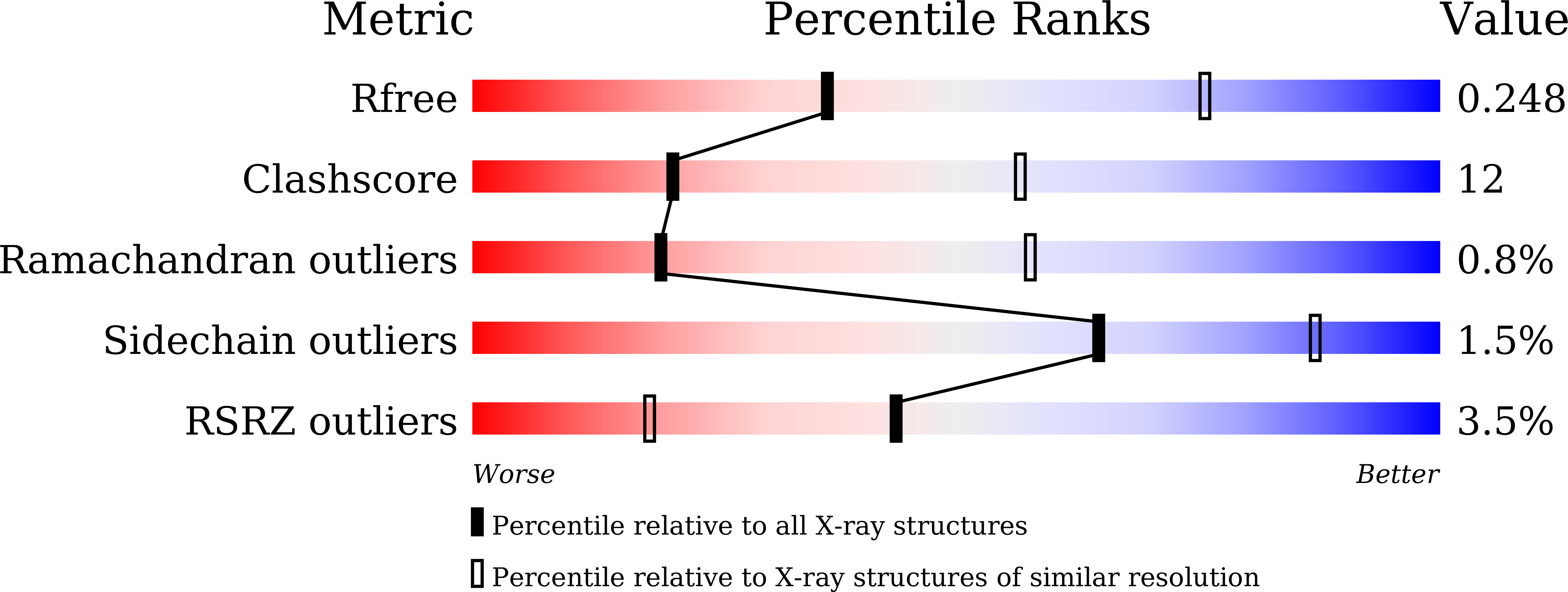
Deposition Date
2023-06-02
Release Date
2023-12-06
Last Version Date
2024-06-19
Entry Detail
PDB ID:
8JLV
Keywords:
Title:
Beneficial flip of substrate orientation enable determine substrate specificity for zearalenone lactone hydrolase
Biological Source:
Source Organism:
Exophiala aquamarina CBS 119918 (Taxon ID: 1182545)
Host Organism:
Method Details:
Experimental Method:
Resolution:
3.00 Å
R-Value Free:
0.24
R-Value Work:
0.20
R-Value Observed:
0.20
Space Group:
P 1 21 1


